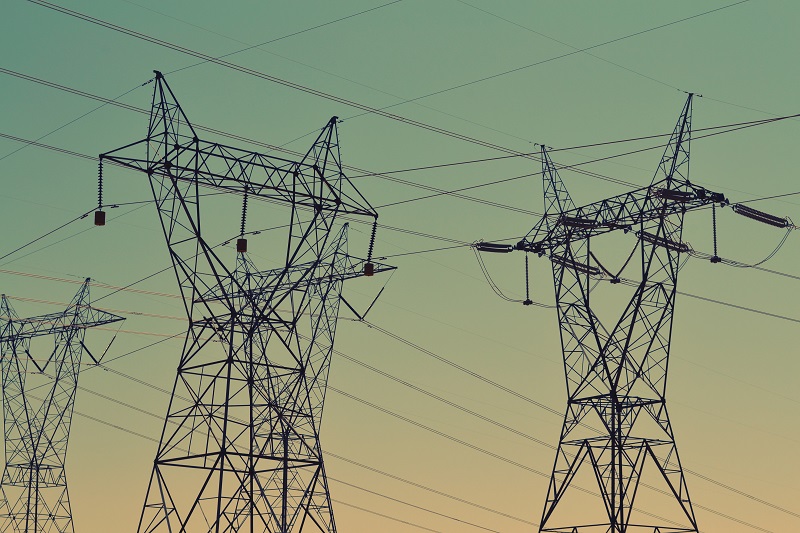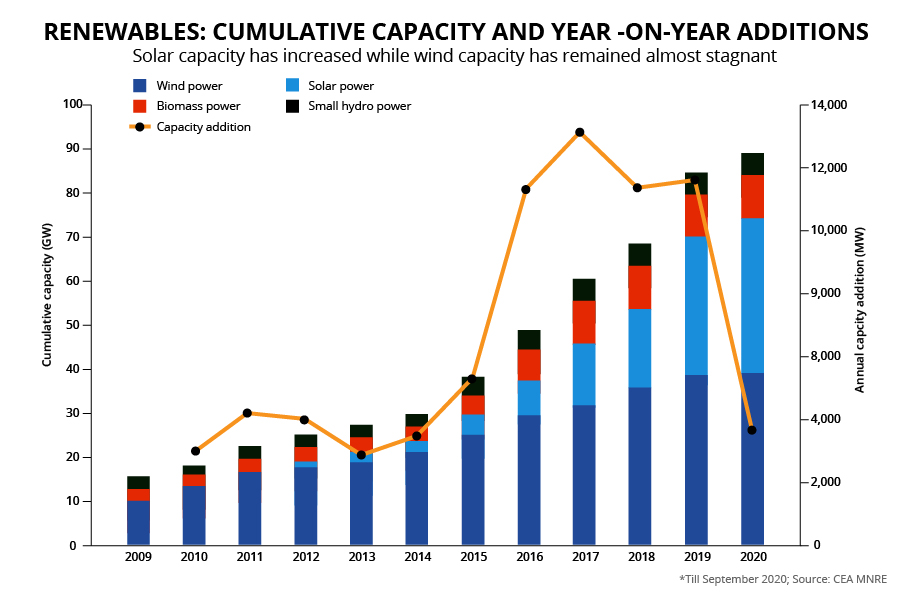
Power demand in India fell for first time in 35 years due to COVID lockdown
Lockdowns caused by COVID-19 all over the country have resulted in a marginal fall in India’s yearly electricity demand for the first time in last 35 years.

Successive lockdowns caused by COVID-19 all over the country resulted in a marginal fall in India’s yearly electricity demand for the first time in 35 years in the financial year ended March.
The all-India demand for power fell 1% in between April 2020 and March, mainly because of the drastic cut in consumption from March to August, 2020, government data shows. However, the demand for electricity has been growing steadily since September last year with generation in March peaking by 23.3%, a Reuters’ assessment of daily load dispatch data from federal grid operator POSOCO showed.
Also read: Solar power gets cheaper; it’s time we moved away from coal for electricity
With summer approaching and economy gathering pace, March recorded the highest rise in electricity production when compared to the previous five months.
Role of renewables in fulfilling India’s future energy needs
The future of India’s energy security will be defined by how effectively the sources of renewable energy (solar, wind, biomass) are tapped. Coal, a fossil fuel with high CO2 emission rate, will remain a major source of energy for some more years, but countries, including India, are looking to shift towards renewable energy (RE), in line with their climate change commitments made under the Paris Agreement of 2015.

So far, India is placed comfortably in meeting its Renewable Energy capacity target. The Modi government had initially set a target of augmenting its installed RE capacity to 173 GW by 2022, which was revised recently by the Prime Minister to 190 GW. For the year 2030, the government aims to increase installed RE capacity to 450 GW, a target India looks well prepared to meet. According to the Ministry of New and Renewable Energy, bids for RE worth 30 GW are out, many more will be announced soon, and the industry is responding enthusiastically.
Also read: Solar energy is clean, but it can become cleaner
However, at present, the installed RE capacity is just 90.4 GW, which is just half of the target with only two years remaining. The rating agency ICRA has projected that India’s RE capacity is likely to be 120-125 GW by December 2022.
Challenges in meeting RE targets
While the renewable energy sector, led by solar (100 GW capacity installation target) started off well in 2015, exceeding yearly targets, the sectoral growth has been lagging since 2017 and COVID came across as the biggest hurdle. The biggest challenges are in project development with delays in land identification and allotment, lack of evacuation infrastructure, non-payment for generation, curtailment of power, and re-negotiation and even cancellation of power purchase agreements by state governments. Labour and supply chain disruptions due to COVID-19 have worsened the situation.


